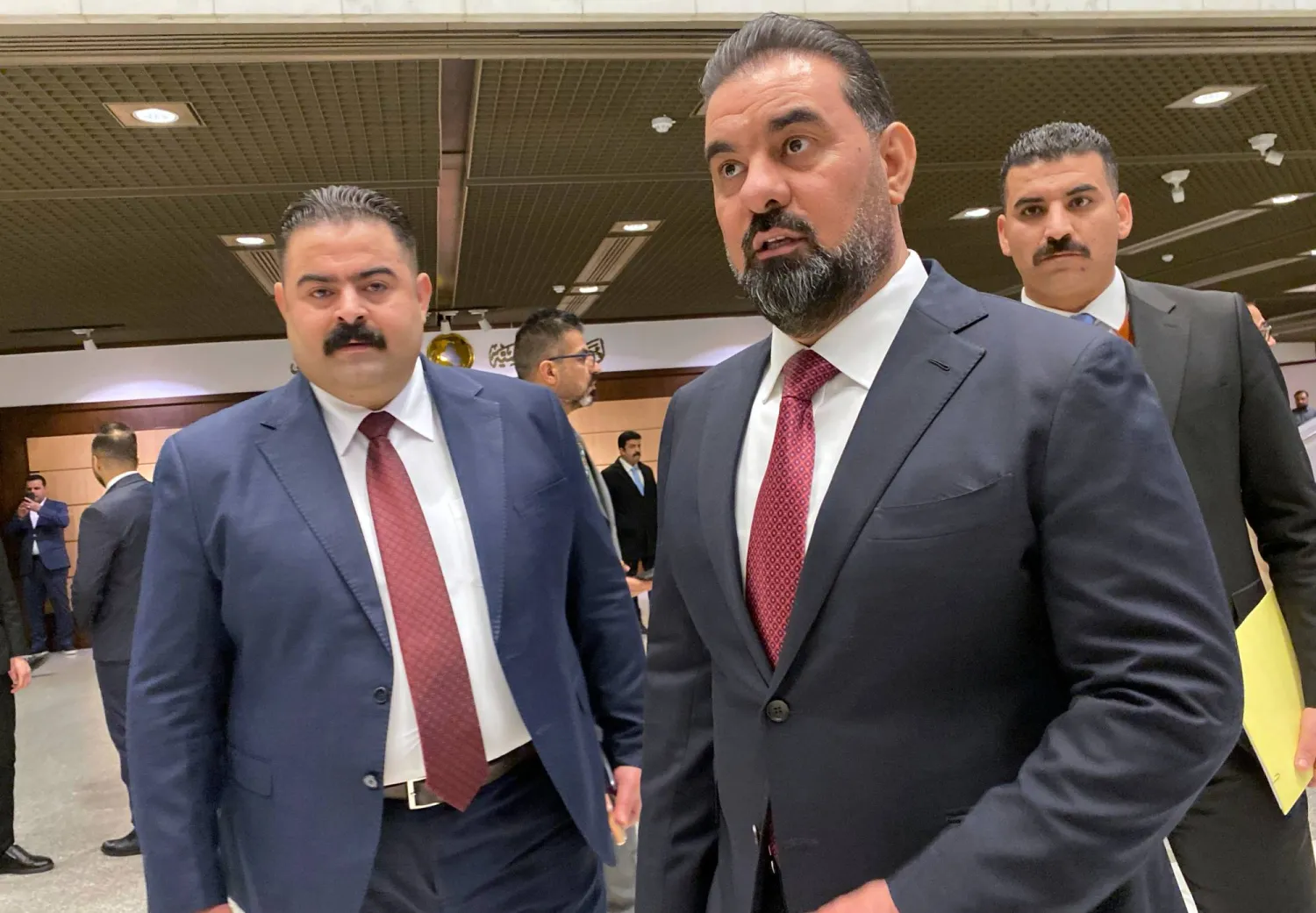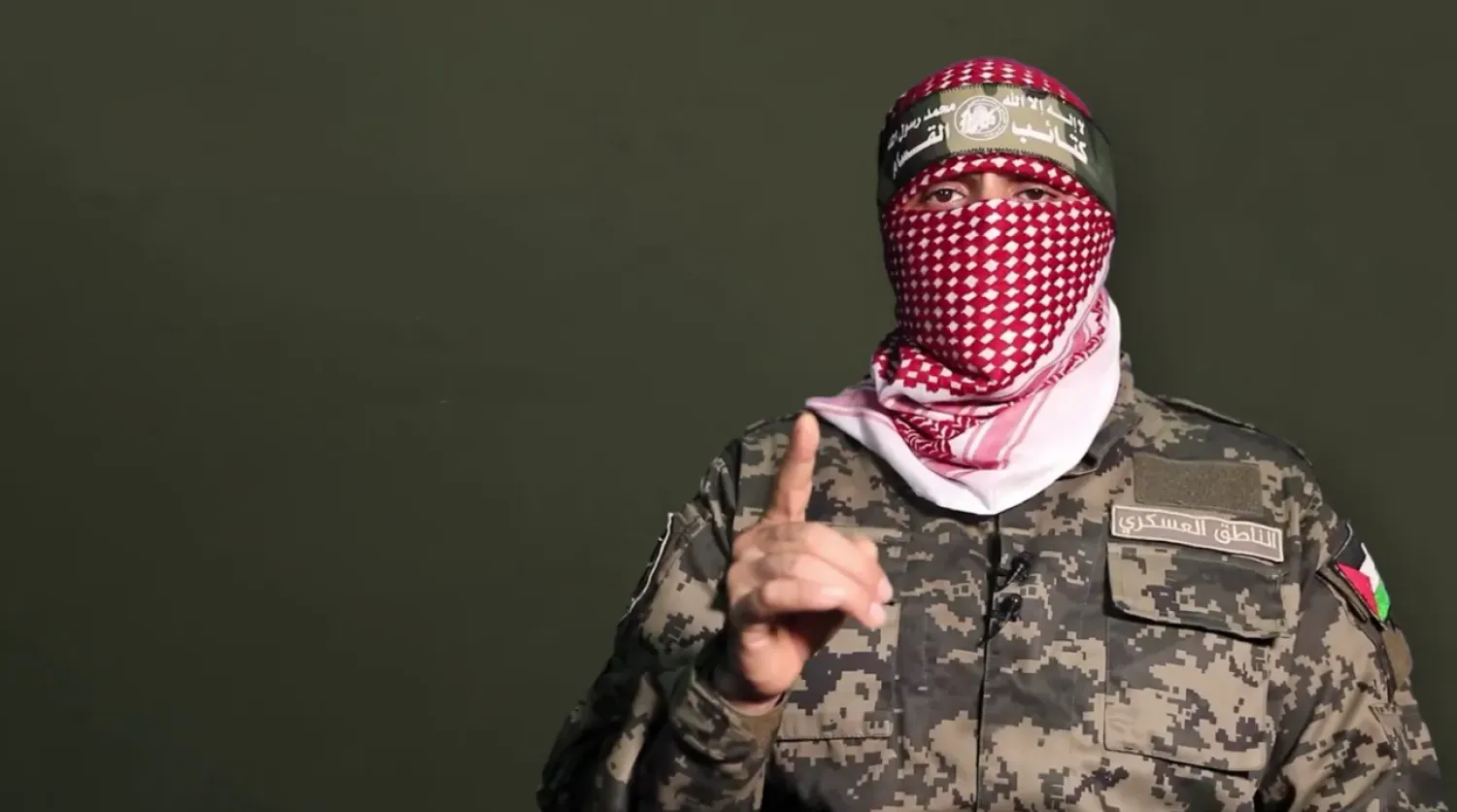Türkiye has hit 71 sites linked to the Kurdistan Workers Party (PKK) and the Syrian Kurdish (YPG) in Syria and northern Iraq during airstrikes launched this week in retaliation for the deaths of 12 Turkish soldiers in Iraq.
At least 59 Kurdish militants were killed in the strikes as well as in land clashes, Turkish Defense Minister Yasar Guler said in a video message to top military officials which was posted on X, formerly Twitter.
"As we have consistently emphasized, our fight against terrorism will continue until the last terrorist is neutralized," he noted.
Turkish intelligence reported Tuesday that Ankara has destroyed nearly 50 facilities belonging to the PKK in Qamishli, Kobane, and Amuda. Security sources said that the intelligence targets the infrastructure of PKK and SDF.
The intelligence operations have contributed to eliminating the threats near the borders and disrupting the operations goals as well as the PKK and SDF capabilities to carry out attacks against Türkiye.
During the past two days, the Turkish army has conducted drone raids against more than 20 vital military locations in Qamishli and Amuda.
Moreover, the Turkish Ministry of National Defense announced the eradication of four YPG members in an operation conducted by the elite forces in the areas of Operation Peace Spring and Operation Olive Branch in northeastern Syria.
They had attempted to destabilize the security in both areas.
As part of the retaliation for the killing of 12 Turkish soldiers, Turkish intelligence revealed Wednesday the killing of Zeynep Evri from the Workers’ Party - nicknamed Arin Ari - in an operation in Sulaymaniyah in northern Iraq.
Security sources told Anadolu Agency that Evri was responsible for “terrorist women activities” on the Iranian-Iraqi borders.
Evri was preparing to launch attacks on Turkish military bases in northern Iraq, according to the sources.
This is the third operation for the Turkish intelligence in Sulaymaniyah in three days.









